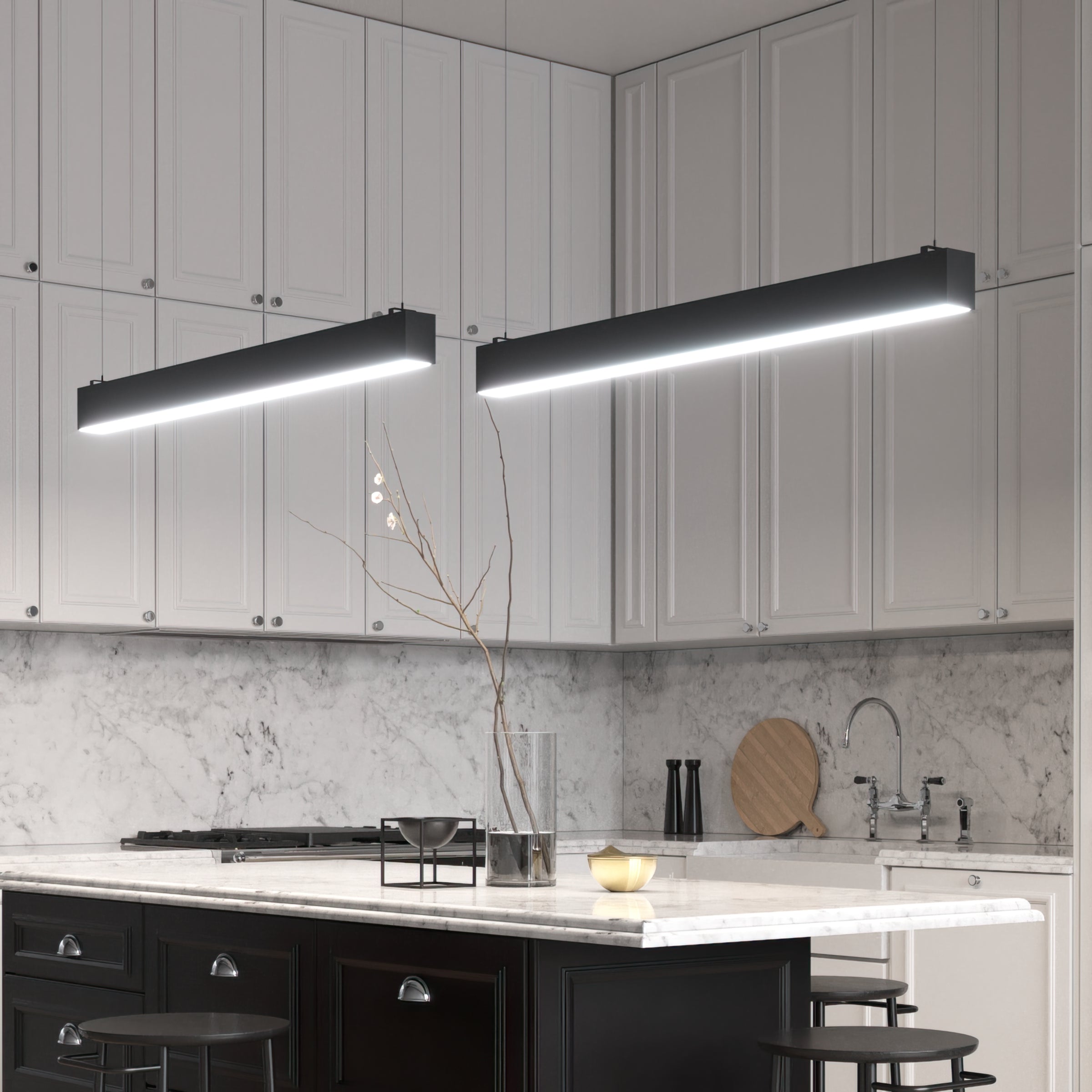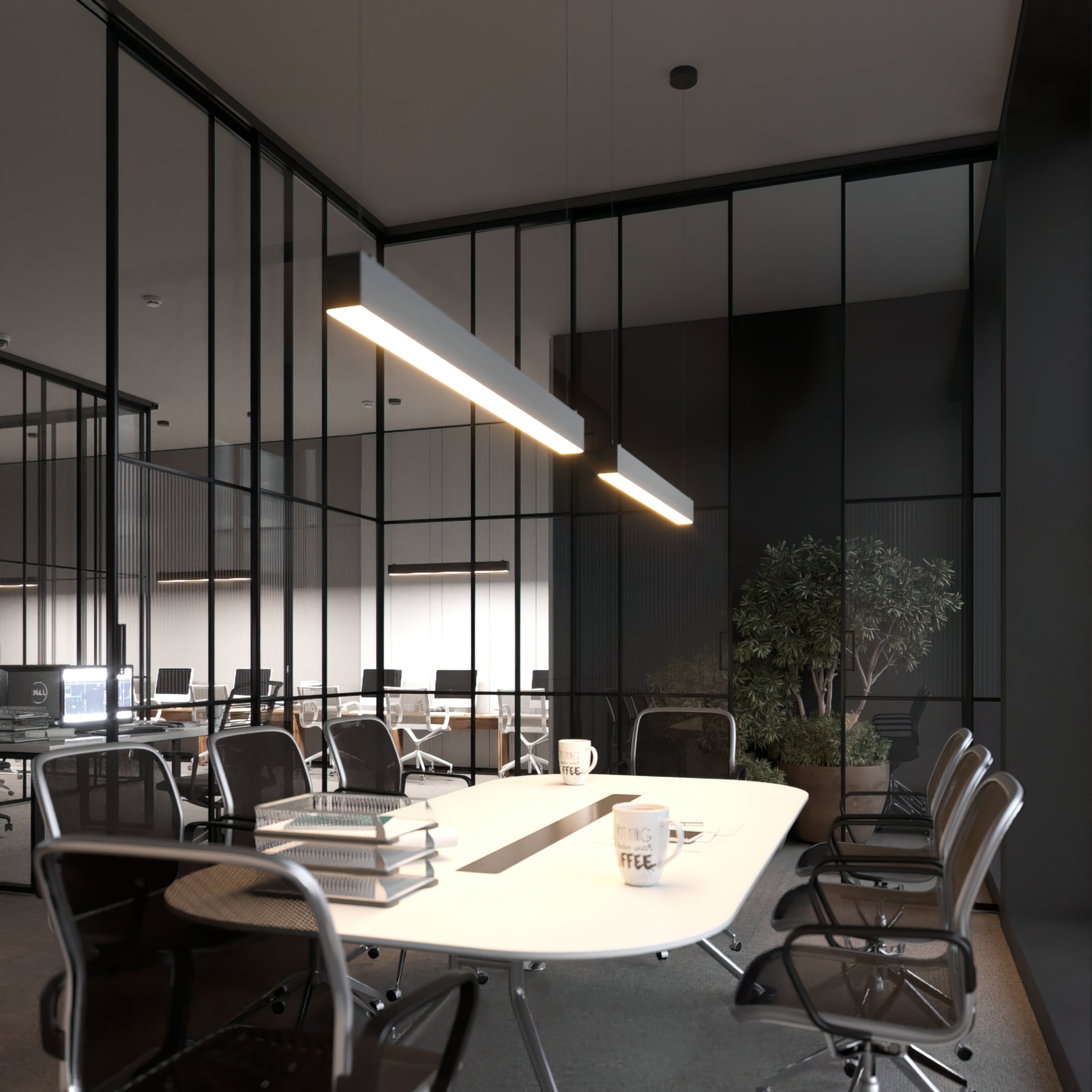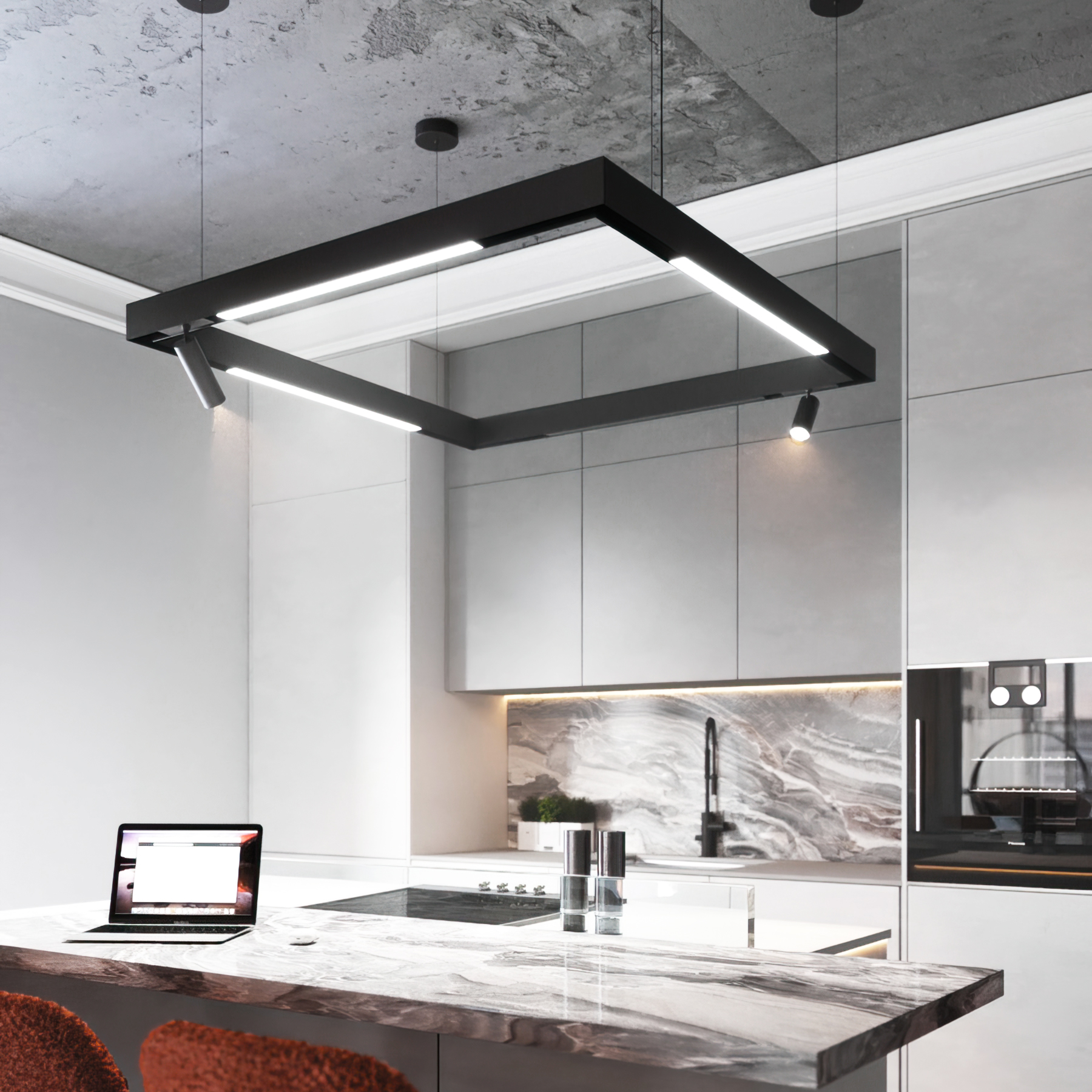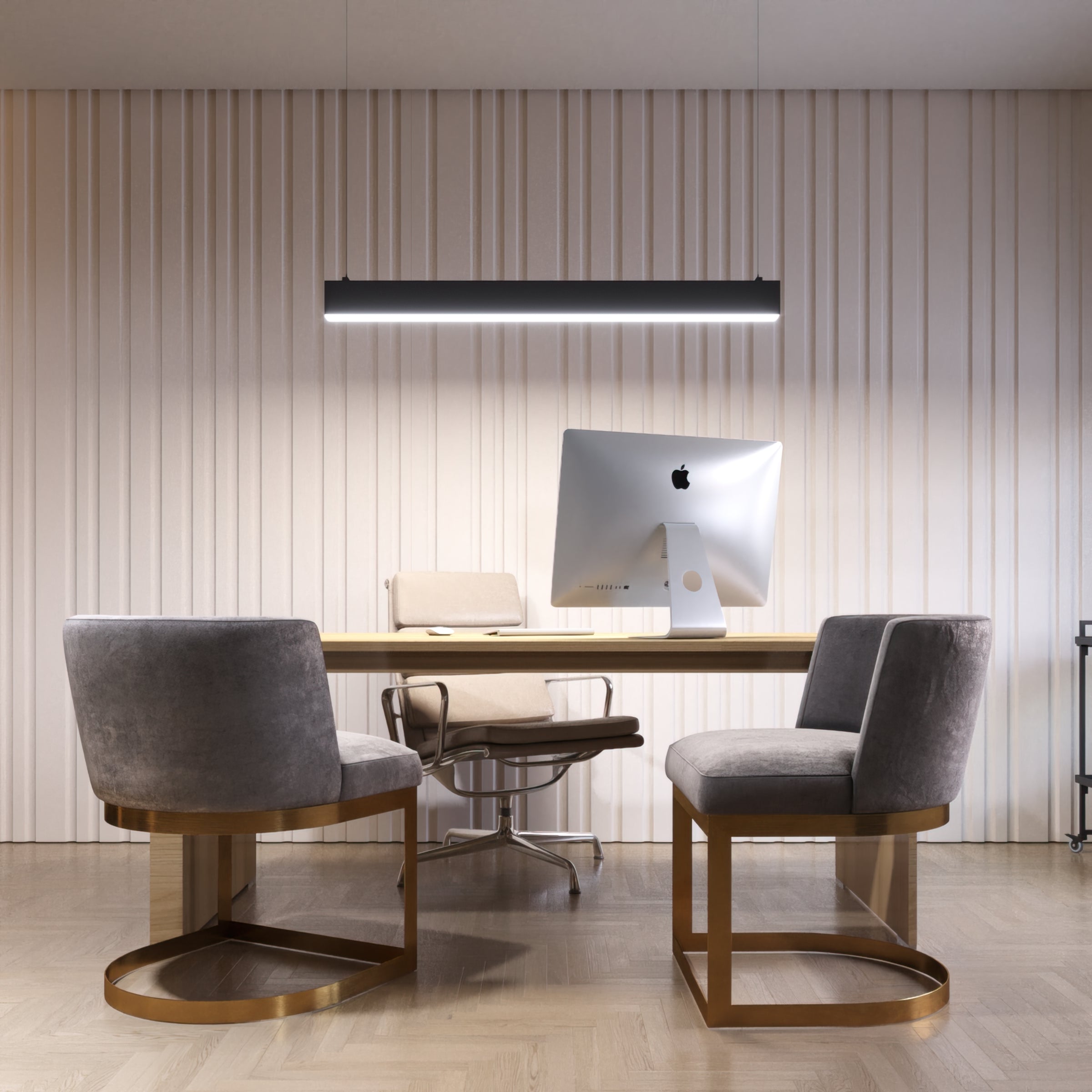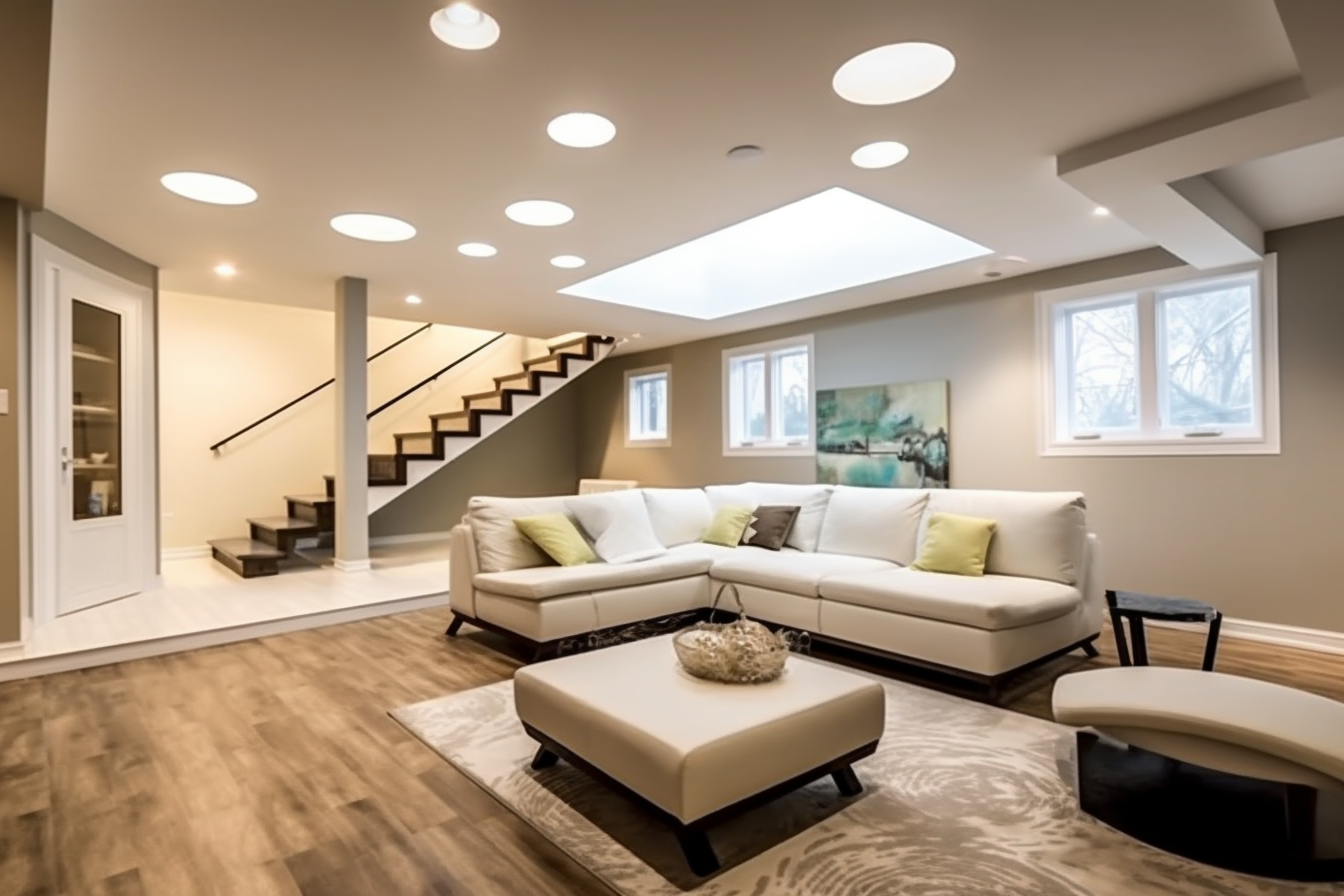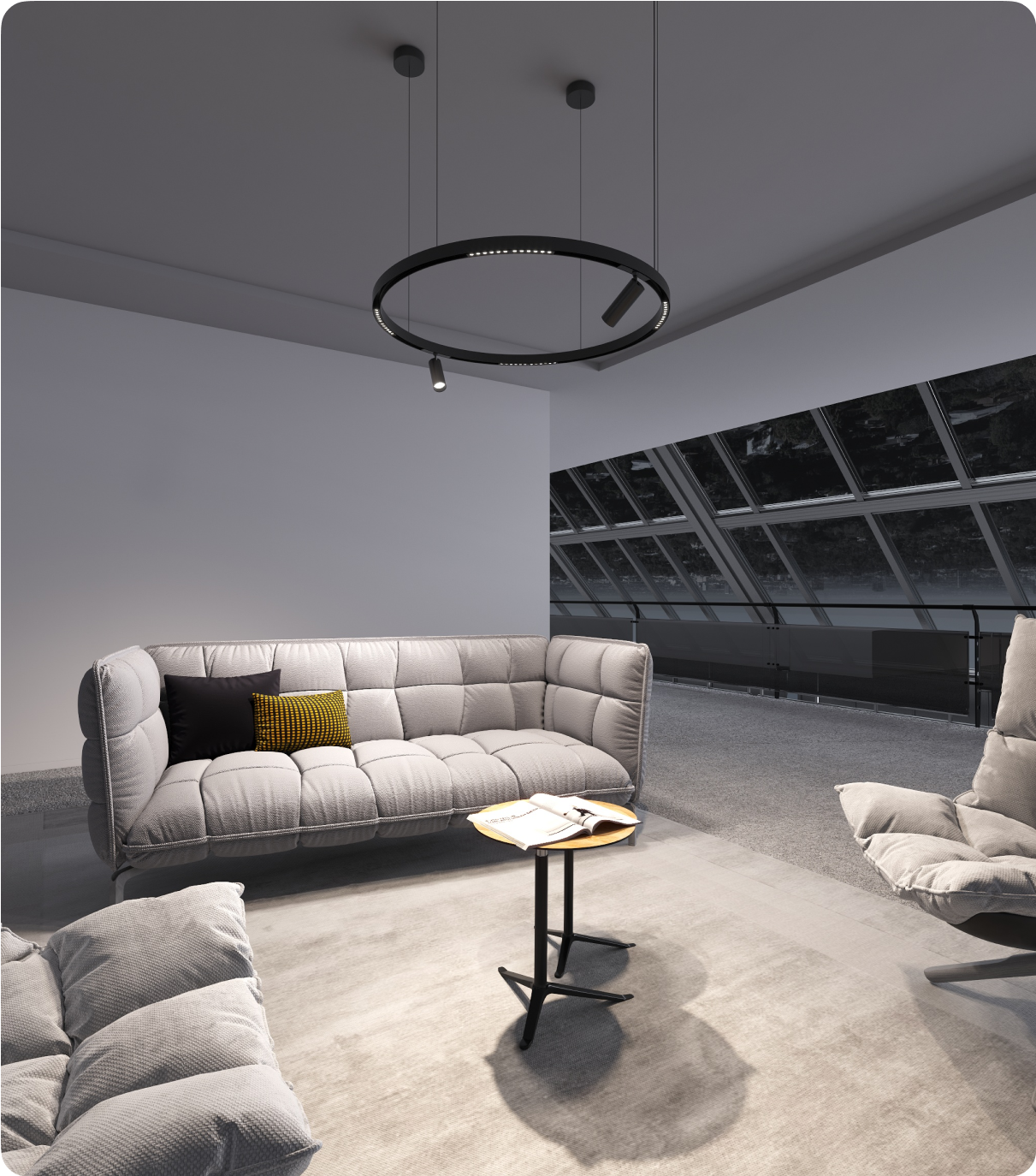When people think of a basement, they often imagine a dark, cold, and scary space. However, we see basements differently. We view them as opportunities to expand the usable space in your home, whether it's for a new home theater, custom bar, or home office. A basement can become a seamless extension of your home by using proper materials, a well-thought-out layout, and effective lighting.
In this blog post, we'll explore the importance of good basement LED lights in creating a welcoming atmosphere and ensuring the space doesn't feel dark or unwelcoming. We'll share lighting techniques, fixture ideas, and expert tips on how to make your basement feel just as inviting as any other level of your home.
Join us as we delve into the world of basement LED lighting ideas that are both bright and energy-efficient. Discover how to transform your basement from a dreary dungeon to a comfortable and functional living area that you and your family will love.
Basement Lighting Options
- Pendant Lighting
Pendant lighting is suspended below the ceiling, creating a dramatic or classic effect. It is commonly used in restaurants, particularly over tables, as pendant lights are visually appealing but may not provide sufficient illumination to light up an entire room on their own. Pendant lighting is ideal for adding accent lighting to a specific area or showcasing a pendant light in a smaller room.
For a sleek and energy-efficient design solution in your basement, you may also consider our linear LED lighting.
- Track Lighting
Track lighting is a versatile option for basement lighting. It allows for flexible positioning and angling of the lights, making it easy to illuminate different basement areas. Track lighting is ideal if you use various bulbs and fixtures to light up other parts of the space while keeping them in one centralized location or track.
You may also consider our track pendant sets for a stylish and convenient illumination solution in your basement. These sets feature pendant lights that can be easily attached to any type of surface, adding a touch of elegance and enhancing the overall ambiance of the space.
- Ceiling Fixtures
Ceiling fixtures are a popular and conventional method of lighting a basement. They can be operated using a switch or remote control, illuminating a larger space with one or multiple bulbs in a single fixture. While there are ceiling fixtures available that provide more directional lighting, most of them typically feature a single bulb or a single display setup.
- Recessed Lighting
Recessed illumination is a contemporary alternative to a traditional ceiling fixture. It consists of a fixture positioned just above the ceiling that can emit downward light through multiple lights. This option provides a clean and seamless look without being overly flashy, as the light is directed downward instead of being dispersed in all directions.
How to Light a Basement? Tips on Choosing the Best Lighting
- Think about Layering Lighting
Regarding basement ceiling light fixtures, there are several key considerations to keep in mind. The first and most important is general lighting. General illumination is the foundation of any well-lit basement and should be prioritized. It provides overall brightness and ensures visibility throughout the space. Ceiling-mounted fixtures or recessed lights with a wide spread of light are recommended for optimal general lighting.
In addition to general lighting, it is also vital to incorporate task lighting into the basement design. Task lighting is essential for specific activities or areas that require focused illumination. This can be achieved by using a desk lamp or other fixture placed further away from the ceiling. You can create well-lit workspaces or reading areas in the basement by strategically placing task lighting fixtures.
Furthermore, don't forget about accent lighting. Accent illuminance is used to enhance specific areas or features of the basement. It adds visual interest and creates a welcoming ambiance. Wall sconces, walkway lighting, and can lights are popular choices for accent lighting. These fixtures can be placed strategically to highlight architectural details, artwork, or other focal points in the basement.
By following these guidelines and incorporating a combination of general, task, and accent lighting, you can create a well-lit and visually appealing basement.
- Check Ceiling and Wiring
When choosing fixtures for your basement, it is crucial to consider the dimensions of the ceiling and the available wiring. This will help you decide and select the most suitable lighting options. It's worth noting that recessed lighting may not be a viable choice in particular basements due to space constraints or wiring limitations. In such cases, you may need to explore alternative options like surface-mounted or pendant fixtures. By thoroughly examining the ceiling and wiring in your basement, you can ensure that the fixtures you choose will not only enhance the overall aesthetics but also provide optimal lighting results for your space.
- Determine the Basement Design
When it comes to selecting the best lighting for your basement, one enjoyable aspect is finding a style and finish that complements the light fixtures in the rest of your home. For those who decorate with a country cottage theme, lights made with rustic materials like iron and copper, featuring exposed light bulbs, can be a suitable choice. If you prefer a modern aesthetic, consider bright metal finishes and decorative glass touches that can serve as a focal point in the room. For minimalists, recessed lighting is a recommended option.
Lighting fixtures are often available in various finishes, including bright nickel, brushed nickel, bronze, black, and white. It is worth considering matching the basement light fixtures' finish with other home metal fixtures, such as doorknobs and hinges.
- Choose Low Heat Lights
If you use the basement as a wine cellar, home gym, or play space for the kids, it's essential to consider the lighting options carefully. One of the key factors to consider is the generation of heat. You want to avoid lighting options that generate additional heat and add to the existing basement heat. This is where LED light comes in as the ideal choice. LED lighting operates without wasting energy as heat, so the lamps stay cool even during operation. Not only does this help maintain a comfortable temperature in the basement, but it also has the added benefit of ensuring that the LED lamps have a longer lifespan than other alternatives. So, by choosing LED lighting for your basement, you get the desired illumination and contribute to a cooler and more energy-efficient environment.
- Decide on Brightness
During the construction or renovation of your basement, it is advisable to prioritize having a higher potential for illumination rather than less. Sconces, ceiling lights, recessed lights, and other fixtures are typically installed behind walls and ceilings, making it much simpler to add additional lighting during the building or remodeling stage when the walls and ceilings are accessible, as opposed to later on when the walls are closed up.
